Home>Gardening & Outdoor>Landscaping Ideas>What Is The Smell Of Cut Grass


Landscaping Ideas
What Is The Smell Of Cut Grass
Modified: March 24, 2024
Discover the refreshing aroma of freshly cut grass and explore landscaping ideas to enhance your outdoor space. Learn about the benefits and tips for maintaining a lush green lawn.
(Many of the links in this article redirect to a specific reviewed product. Your purchase of these products through affiliate links helps to generate commission for Storables.com, at no extra cost. Learn more)
Introduction
The smell of cut grass is a familiar and evocative scent that conjures up images of lush green lawns, sunny days, and outdoor activities. It's a fragrance that triggers a sense of nostalgia and relaxation for many people, transporting them back to carefree summer days spent in the great outdoors. But what exactly is the source of this distinctive aroma, and why does it hold such a powerful allure?
When grass is mown, it releases a complex blend of volatile organic compounds, or VOCs, into the air. These compounds, which include aldehydes, alcohols, and ketones, are responsible for the fresh, earthy scent that fills the air after a lawn has been freshly trimmed. The release of these compounds is a natural defense mechanism for the grass, as it signals distress and prompts nearby plants to prepare for potential threats.
The smell of cut grass is not only a pleasant olfactory experience but also a testament to the intricate chemical processes occurring within the plant. Understanding the composition and origin of this fragrance adds a layer of appreciation for the natural world and the interconnectedness of its elements.
As we delve deeper into the chemical compounds that contribute to the scent of cut grass, we gain a greater understanding of the complex interactions that shape our sensory experiences. Moreover, exploring the psychological and emotional impact of this scent allows us to appreciate its significance beyond its biological origins. The allure of the smell of cut grass extends beyond its pleasant aroma, tapping into our deepest memories and emotions, making it a truly remarkable phenomenon worthy of exploration.
Key Takeaways:
- The smell of cut grass comes from a mix of chemicals released when grass is mown, creating a fresh, earthy scent that triggers positive memories and emotions, promoting well-being and relaxation.
- The scent of cut grass is a natural defense mechanism for the grass, signaling distress and communicating with other plants. It also plays a vital role in ecological processes, such as attracting pollinators and deterring predators.
Read more: What Does Freshly Cut Grass Smell Like
The Chemical Compounds in Cut Grass
The distinct and pleasant smell of cut grass is attributed to a complex blend of chemical compounds released when grass is mown. These volatile organic compounds (VOCs) are responsible for the fresh, earthy fragrance that permeates the air after a lawn has been freshly trimmed. The release of these compounds is a natural defense mechanism for the grass, signaling distress and prompting nearby plants to prepare for potential threats.
One of the key contributors to the aroma of cut grass is a group of compounds known as green leaf volatiles (GLVs). These compounds, including hexanal, (Z)-3-hexenol, and (Z)-3-hexenyl acetate, are released when plant cells are damaged, such as during the mowing process. Hexanal, in particular, is associated with the characteristic "green" scent of freshly cut grass, while (Z)-3-hexenol contributes a sweet, grassy aroma. These compounds play a crucial role in signaling to neighboring plants that they are under attack, triggering a response to bolster their defenses.
In addition to GLVs, other chemical compounds contribute to the overall scent of cut grass. These include aldehydes, such as nonanal and decanal, which impart a citrusy, floral note to the fragrance. Alcohols, such as 1-octen-3-ol, add a mushroom-like, earthy undertone to the aroma. Ketones, such as 2-undecanone, contribute a slightly fruity nuance to the overall scent profile.
The combination of these chemical compounds creates a multi-layered fragrance that captures the essence of the outdoors. The release of these VOCs not only serves as a form of chemical communication among plants but also enhances the sensory experience for humans, evoking feelings of freshness, vitality, and connection to nature.
Understanding the chemical composition of the scent of cut grass provides insight into the intricate processes at play within the natural world. It highlights the sophisticated mechanisms that plants employ to interact with their environment and communicate with each other. Moreover, it deepens our appreciation for the complexities of nature and the sensory experiences it offers.
In essence, the smell of cut grass is a testament to the intricate chemical processes occurring within the plant, and it serves as a reminder of the interconnectedness of the natural world and the captivating fragrances it produces.
The Role of Scent in Nature
The role of scent in nature extends far beyond the pleasant fragrances that captivate our senses. It serves as a vital form of communication and interaction among various organisms, playing a crucial role in ecological processes and the survival of species. In the natural world, scents are utilized for a myriad of purposes, ranging from attracting pollinators to deterring predators and signaling distress.
One of the primary functions of scents in nature is to facilitate communication between plants and other organisms. For instance, flowers emit enticing fragrances to attract pollinators, such as bees, butterflies, and birds, ensuring the transfer of pollen for reproduction. This symbiotic relationship between plants and pollinators is essential for the continuation of many plant species and the maintenance of diverse ecosystems.
Additionally, scents play a pivotal role in deterring herbivores and potential predators. Many plants release volatile compounds that act as natural repellents, discouraging herbivores from feeding on them. These chemical defenses not only protect the plants from being consumed but also contribute to the overall balance of predator-prey relationships in ecosystems.
Moreover, scents are utilized by plants to signal distress and communicate with neighboring organisms. When plants are subjected to damage, whether from herbivory or environmental stress, they release volatile organic compounds that serve as warning signals to nearby plants. This phenomenon, known as plant-plant communication, enables neighboring plants to activate defense mechanisms in anticipation of potential threats, thereby enhancing their chances of survival.
In the broader context of ecosystems, scents also play a role in shaping the behavior and interactions of animals. Predators rely on olfactory cues to locate prey, while prey species utilize scents to detect the presence of predators and avoid potential danger. Furthermore, the release of pheromones by animals serves as a means of communication for mating, territorial marking, and social organization within species.
The intricate web of scents in nature underscores the interconnectedness of organisms and the environment. It illustrates the sophisticated strategies employed by living organisms to adapt, communicate, and thrive within their ecological niches. The role of scent in nature is a testament to the remarkable adaptations and interactions that have evolved over millennia, shaping the dynamics of ecosystems and contributing to the resilience and biodiversity of the natural world.
The smell of cut grass is caused by a chemical compound called green leaf volatiles, which are released when the grass is cut and damaged. This compound is responsible for the fresh, pleasant scent that we associate with freshly cut grass.
The Psychological Impact of the Smell of Cut Grass
The smell of cut grass has a profound psychological impact on individuals, evoking a range of emotions and memories that are deeply intertwined with personal experiences and the natural world. This olfactory stimulus has the remarkable ability to elicit feelings of nostalgia, relaxation, and well-being, making it a powerful influencer of mood and emotional state.
The scent of cut grass is often associated with pleasant memories of summertime, outdoor activities, and leisurely moments spent in nature. For many individuals, it serves as a trigger for recollections of carefree childhood days, family gatherings, and recreational pursuits in open green spaces. This association with positive experiences imbues the smell of cut grass with a sense of comfort and familiarity, creating a psychological link between the fragrance and feelings of happiness and contentment.
Furthermore, the aroma of cut grass is closely tied to the concept of "biophilia," which refers to the innate human affinity for nature and natural environments. Studies have shown that exposure to natural scents, including the fragrance of freshly cut grass, can have a calming and mood-lifting effect on individuals, reducing stress and promoting a sense of well-being. This phenomenon underscores the therapeutic potential of natural aromas in enhancing mental and emotional health.
In addition to its role in triggering positive memories and emotions, the scent of cut grass is also associated with the anticipation of leisure and relaxation. It serves as a signal of the arrival of warmer seasons, outdoor activities, and the opportunity for leisurely pursuits in green spaces. This anticipation can evoke a sense of excitement and optimism, contributing to an overall positive psychological impact.
Moreover, the fragrance of cut grass is often linked to the concept of "psychological restoration," which pertains to the replenishment of mental resources and reduction of mental fatigue through exposure to natural environments. The scent of cut grass, with its connection to open, natural settings, can evoke a sense of tranquility and mental rejuvenation, offering a brief respite from the demands of daily life.
In essence, the psychological impact of the smell of cut grass is multifaceted, encompassing the evocation of positive memories, the promotion of well-being, and the anticipation of leisure and relaxation. Its ability to influence mood and emotional state underscores the profound connection between scent, memory, and human experience, highlighting the significance of natural fragrances in shaping our psychological well-being.
How to Preserve the Smell of Cut Grass
Preserving the delightful scent of cut grass allows individuals to prolong the sensory experience and enjoy the invigorating fragrance beyond the immediate aftermath of mowing. While the aroma naturally dissipates over time, there are several methods to capture and retain the essence of freshly cut grass, enabling individuals to savor this evocative scent for an extended period.
One approach to preserving the smell of cut grass involves harnessing the power of aromatherapy and fragrance diffusion. Essential oils, specifically those derived from grasses such as lemongrass or palmarosa, can be utilized to recreate the refreshing aroma of cut grass. By diffusing these essential oils in living spaces, individuals can infuse their surroundings with the revitalizing scent, creating an ambiance reminiscent of freshly mown lawns.
Another method to preserve the smell of cut grass involves the use of scented products, such as candles, room sprays, or sachets, that are specifically formulated to replicate the fragrance of freshly cut grass. These products are designed to release the characteristic aroma, allowing individuals to enjoy the revitalizing scent within their homes or personal spaces. Additionally, incorporating scented products into indoor environments can evoke a sense of connection to nature, fostering a tranquil and rejuvenating atmosphere.
Furthermore, individuals can explore the option of utilizing natural materials, such as dried grass clippings or potpourri infused with the scent of cut grass, to encapsulate the fragrance and create aromatic displays. By carefully preserving and arranging these natural elements, individuals can introduce the invigorating scent of cut grass into their living spaces, adding a touch of the outdoors to indoor environments.
Additionally, the practice of creating personalized fragrance blends, incorporating grassy notes and green accords, allows individuals to craft custom scents reminiscent of cut grass. By combining essential oils, aromatic compounds, and natural ingredients, individuals can tailor fragrances that capture the essence of freshly mown lawns, providing a unique olfactory experience that resonates with personal preferences.
In essence, preserving the smell of cut grass involves leveraging various aromatic techniques and products to encapsulate the invigorating fragrance and extend the sensory delight it imparts. By incorporating these methods into daily routines and living spaces, individuals can prolong the experience of the refreshing scent of cut grass, fostering a deeper connection to the natural world and enhancing their sensory surroundings.
Read more: Why Does Cut Grass Smell
Conclusion
The captivating scent of cut grass transcends its role as a mere olfactory experience, encompassing a rich tapestry of chemical, ecological, psychological, and sensory dimensions. As we unravel the intricate chemistry behind this fragrance, we gain a deeper appreciation for the complex interplay of volatile organic compounds that contribute to its alluring aroma. The release of green leaf volatiles, aldehydes, alcohols, and ketones during the mowing process not only serves as a form of chemical communication among plants but also enhances the sensory experience for humans, evoking feelings of freshness, vitality, and connection to nature.
Furthermore, the role of scent in nature extends far beyond its pleasant fragrances, serving as a vital form of communication and interaction among various organisms. From attracting pollinators to deterring predators and signaling distress, scents play a pivotal role in ecological processes and the survival of species. The intricate web of scents in nature underscores the interconnectedness of organisms and the environment, highlighting the remarkable adaptations and interactions that have evolved over millennia, shaping the dynamics of ecosystems and contributing to the resilience and biodiversity of the natural world.
The psychological impact of the smell of cut grass is equally profound, evoking a range of emotions and memories deeply intertwined with personal experiences and the natural world. Its ability to trigger positive memories, promote well-being, and evoke anticipation of leisure and relaxation underscores the profound connection between scent, memory, and human experience. Moreover, the therapeutic potential of natural aromas in enhancing mental and emotional health highlights the significance of the scent of cut grass in shaping our psychological well-being.
In the quest to preserve the delightful scent of cut grass, individuals can explore various methods, from harnessing the power of aromatherapy and fragrance diffusion to utilizing scented products and natural materials. By incorporating these methods into daily routines and living spaces, individuals can prolong the experience of the refreshing scent of cut grass, fostering a deeper connection to the natural world and enhancing their sensory surroundings.
In essence, the smell of cut grass is a testament to the intricate chemical processes occurring within the plant, the interconnectedness of the natural world, and the profound impact of scent on human psychology and well-being. It serves as a reminder of the beauty and complexity of nature, inviting us to immerse ourselves in its sensory delights and appreciate the profound connections it fosters within us.
Frequently Asked Questions about What Is The Smell Of Cut Grass
Was this page helpful?
At Storables.com, we guarantee accurate and reliable information. Our content, validated by Expert Board Contributors, is crafted following stringent Editorial Policies. We're committed to providing you with well-researched, expert-backed insights for all your informational needs.
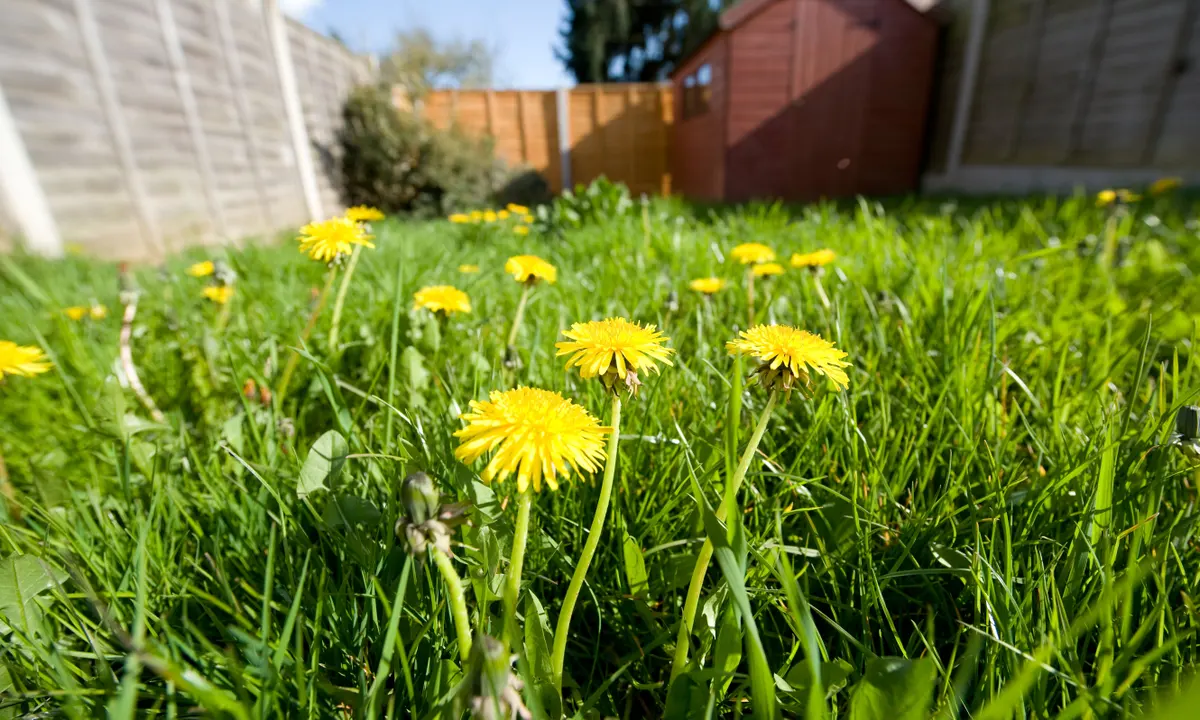
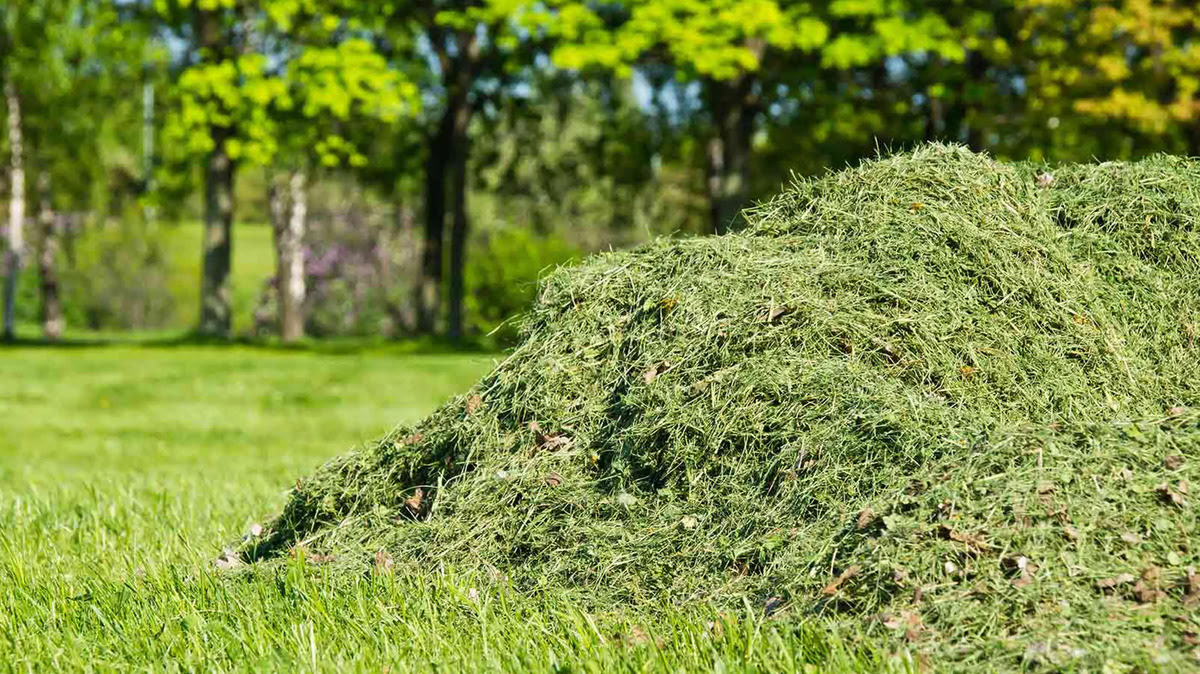
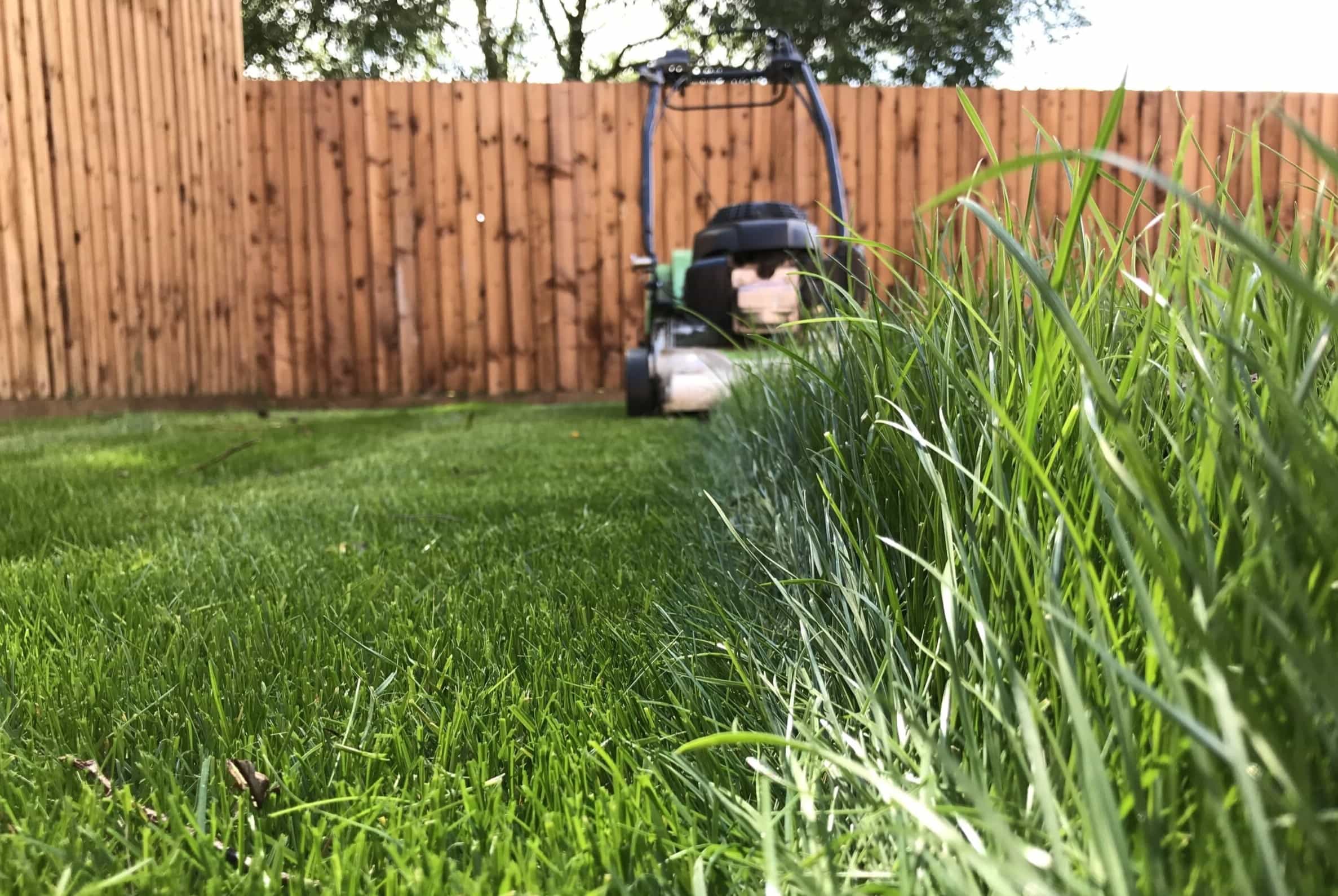


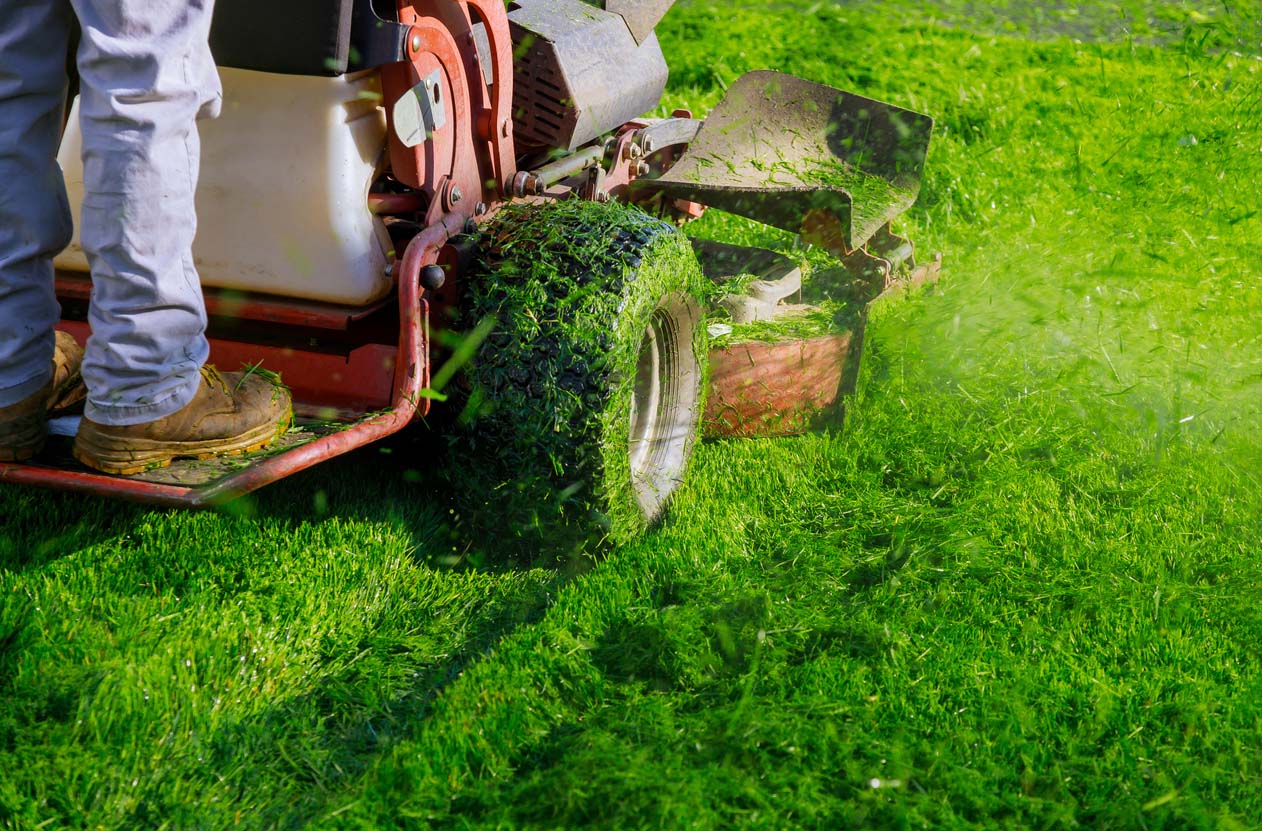



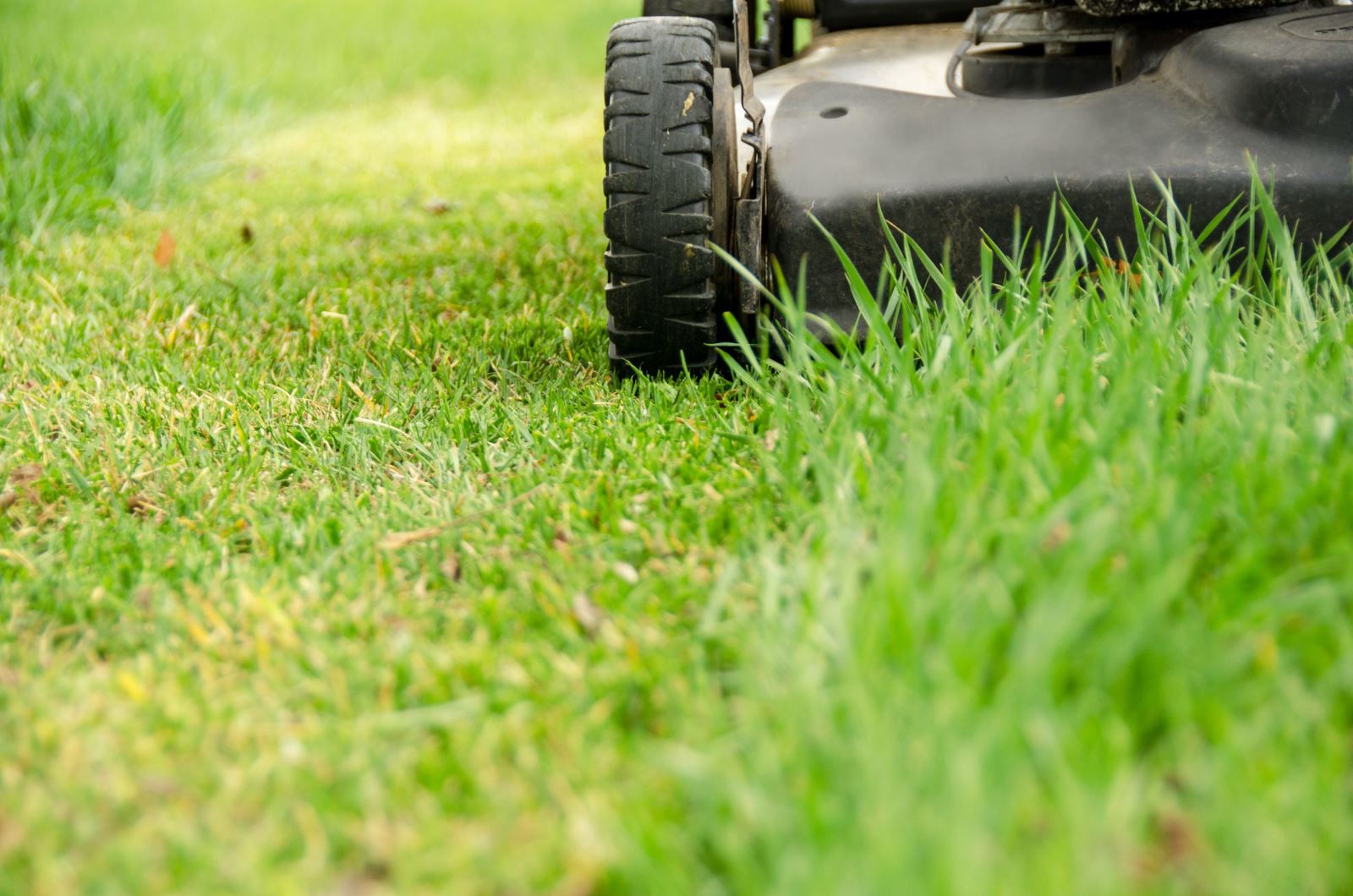
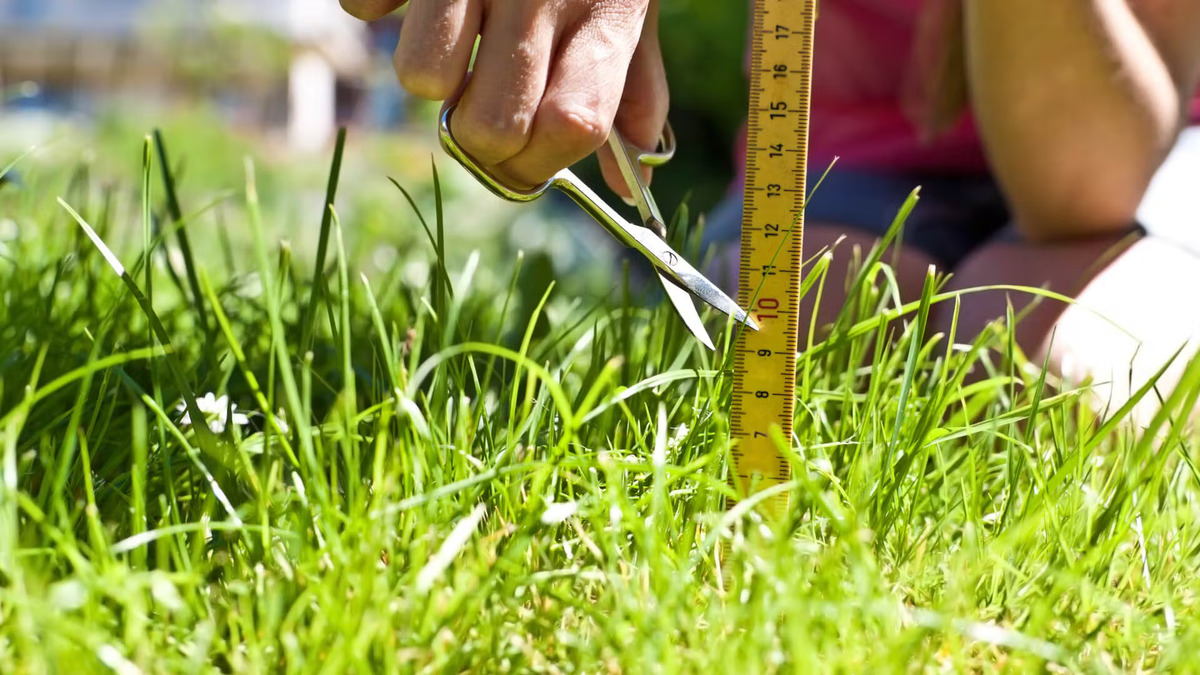
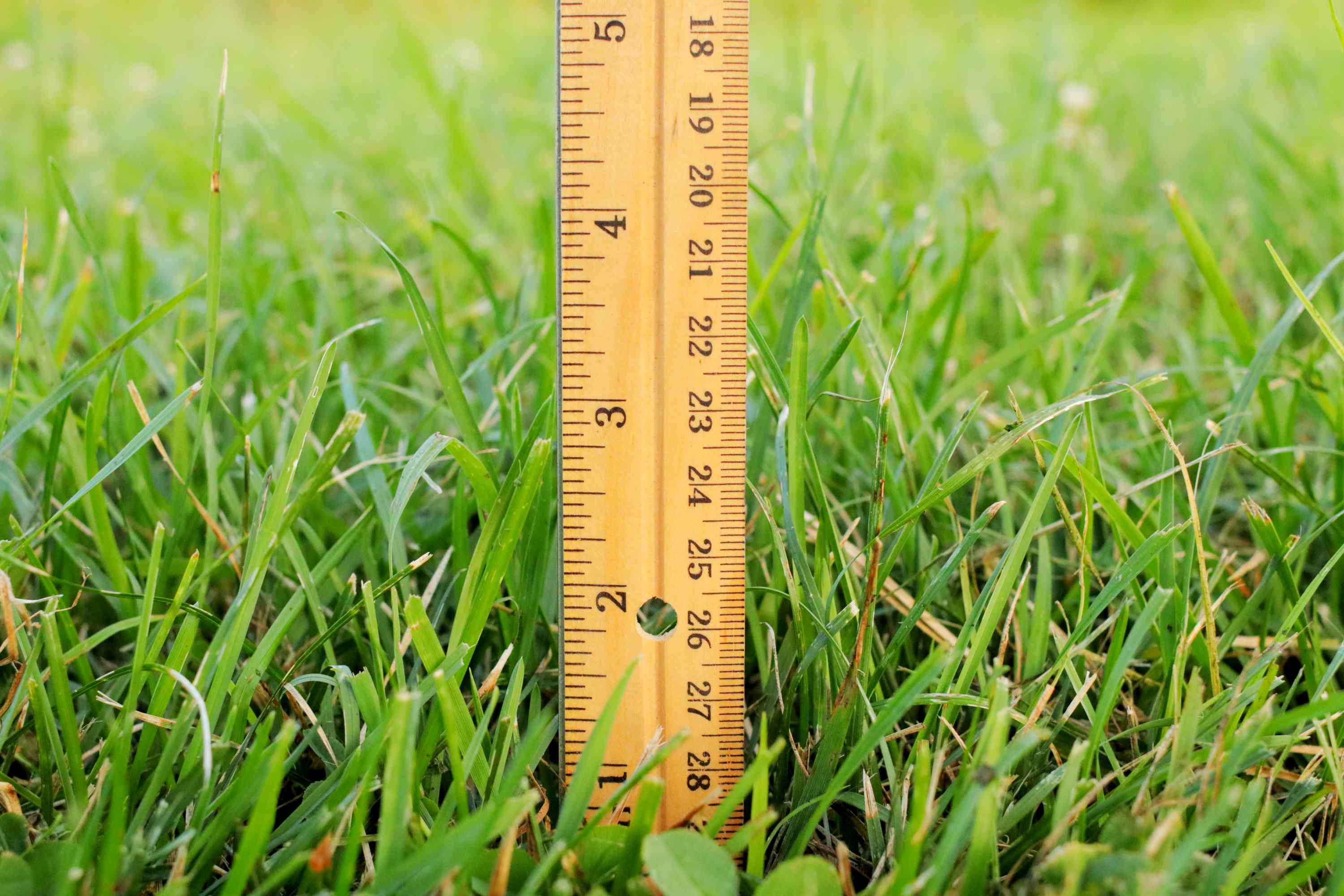



0 thoughts on “What Is The Smell Of Cut Grass”